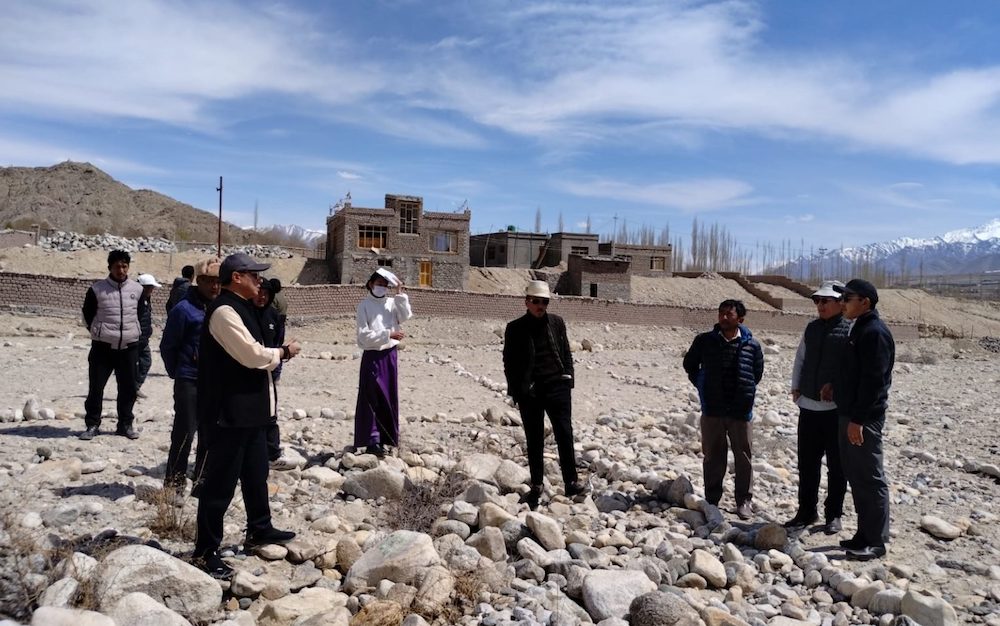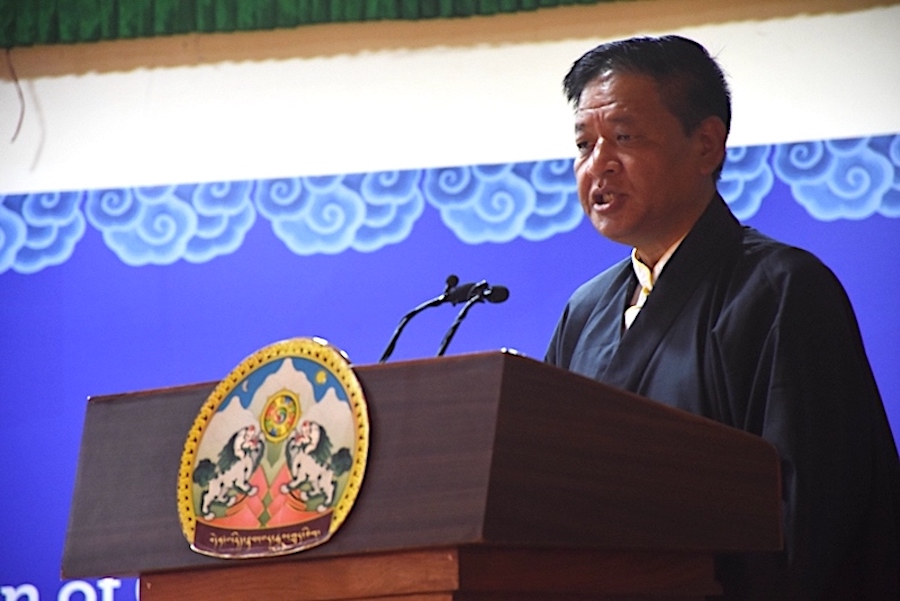by Brahma Chellaney
By blanketing the oil-rich Xinjiang with troops, China’s rulers may have subdued the Uighur revolt, which began in Urumqi, the regional capital, and spread to other heavily guarded cities like Kashgar. But this deadliest case of minority rioting in decades — along with the 2008 uprising across the Tibetan plateau — shows the costs of forcible absorption, laying bare China’s Achilles’ heel.
About 60 per cent territory of the People’s Republic comprises territories that historically had not been under direct Han rule. In fact, the Great Wall was built as the Han empire’s outer security perimeter. Today, Xinjiang and Tibet, by themselves, make up nearly half of China’s landmass.
The ruling Chinese Communist Party had gone to unusual lengths to block any protests from flaring during this symbolically important year marking the 60th anniversary of its coming to power — an occasion the party is preparing to celebrate with the biggest-ever party. The 20th anniversary of “June 4”, the date of the 1989 Tiananmen Square massacre of pro-democracy protesters, went by without any incident because of heavy security in Beijing. A security siege in Tibet similarly ensured that the 50th anniversary of the Tibetan national uprising against the Chinese occupation and the Dalai Lama’s consequent flight to India passed off peacefully in March. A confident Beijing went to the extent of provocatively observing March 28 this year — the 50th anniversary of its declaration of direct rule over Tibet — as “Serf Emancipation Day”, as if it just realised it liberated Tibetans from serfdom half a century ago.
The Uighur uprising — in the 60th-anniversary year of the Chinese annexation of East Turkestan (now Xinjiang) — thus is a rude jolt to what is now the world’s largest, oldest and strongest autocracy.
The Manchu assimilation into Han society and the swamping of the locals in Inner Mongolia have left only the Tibetans and the Turkic-speaking Muslim ethnic groups in Xinjiang as the holdouts. But the events since last year have come as a painful reminder to the Chinese leadership that its policies in Tibet and Xinjiang aren’t working. Economic development in those regions, largely geared at exploiting their resources, has only helped marginalise the natives. While the locals get menial jobs, the Han settlers hold the well-paying jobs, symbolising an equation between the colonised and the colonisers.
More importantly, the very survival of the major non-Han cultures in China is now threatened. From school-level indoctrination and forced political re-education to draconian curbs on native farmland and monastic life, Chinese policies have helped instil feelings of subjugation and resentment in Tibet and Xinjiang. Demographically, what Beijing is pursuing there is not ethnic cleansing but ethnic drowning. This strategy to ethnically drown the natives through the “Go West” Han-migration campaign is akin to cultural annihilation.
The Tibetan and Uighur languages already are disappearing from local schools. Rapid Sinicisation of their pristine environment, however, has only sharpened the Tibetan and Uighur sense of identity and yearning for freedom.
We may never get to know the number of casualties and arrests in Xinjiang. At the first sign of trouble in Tibet or Xinjiang, Beijing cuts off local internet and cellphone services and imposes a security lockdown through curfews and virtual martial law. Few believe the official death toll in the Xinjiang violence. After all, Beijing had insisted that only 13 people were killed in spring 2008 in Tibet despite the Tibetan government-in-exile documenting some 220 deaths.
There are important parallels between the Tibet and Xinjiang violence. The ethnic uprisings in both regions erupted after authorities tried to disperse peaceful protesters in the local capital — Lhasa and Urumqi — where Han Chinese now outnumber the natives. And just as Beijing was quick to accuse the Dalai Lama of inciting the Tibetan rebellion, it has blamed the Xinjiang bloodshed on exiled Uighur leaders, specifically the Washington-based Rebiya Kadeer. But Kadeer, an ex-businesswoman, is no advocate of violence, although she spent six years in a Chinese jail and two of her sons are still imprisoned in Xinjiang.
The policies of forced assimilation in Tibet and Xinjiang began after Mao Zedong created a land corridor link between the two rebellious regions by gobbling up India’s 38,000-square-kilometre Aksai Chin. This area — almost the size of whole Switzerland — started coming under Chinese control through furtive encroachment in the 1950s, before Mao consolidated and extended China’s hold by waging open war on India in 1962. Aksai Chin provides the only accessible Tibet-Xinjiang passageway through the Kunlun Mountains.
China’s ethnic problems won’t go away unless it stops enforcing cultural homogeneity. After the 2008 Tibetan uprising, 2009 will go down as the year the Uighur revolted, sullying Communist China’s 60th birthday.
The writer is the author of Asian Juggernaut: The Rise of China, India and Japan. He is an expert on Sino India relations and defense studies









